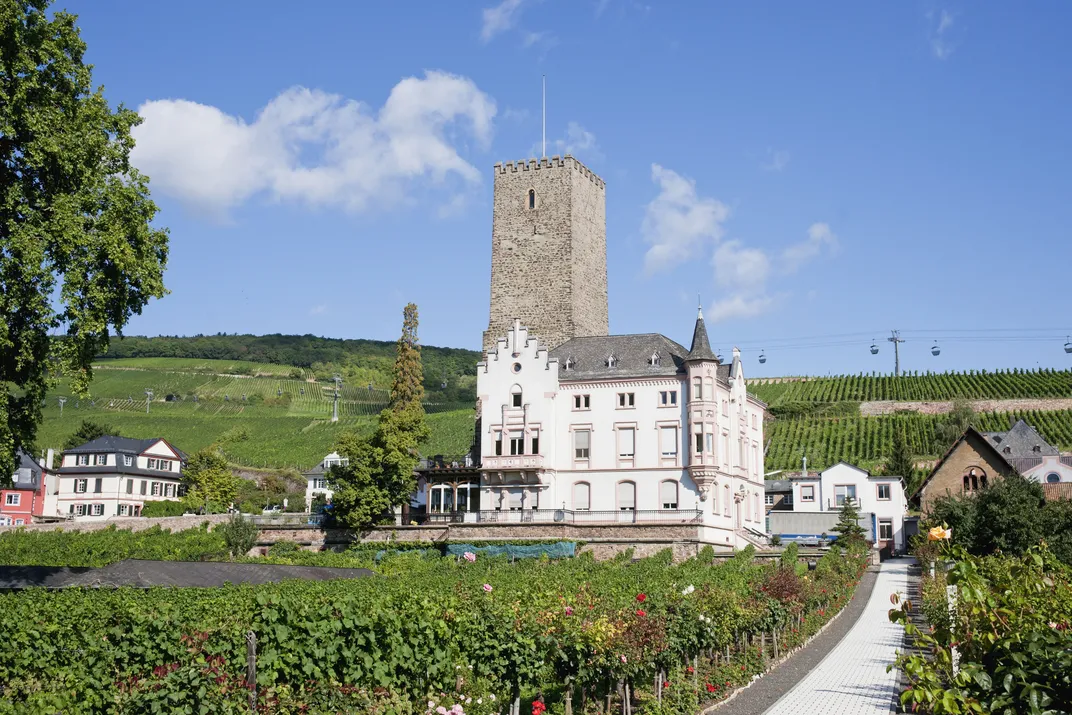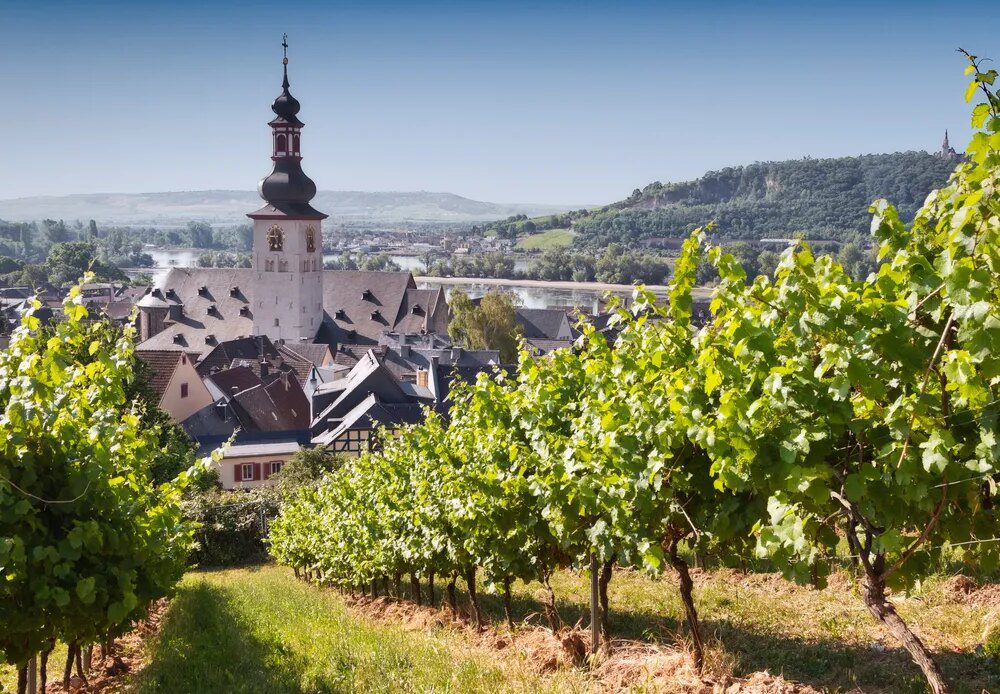Rüdesheim am Rhein in Germany
Ellen van Bodegom/Getty Images
Wine has been part of the human experience for millennia. As early as 8,000 years ago, fledgling winemakers were crushing and fermenting grapes in the rich valleys south of Tbilisi, Georgia. By the Middle Ages, vineyards rippled across hillsides and riverbanks from Portugal to Hungary. Most of these regions have produced wine ever since, buoyed by the memory of those early vineyards, agricultural terraces and winemaking farms.
Saint-Émilion, France, became the first storied wine region to be named a UNESCO World Heritage Site, or place of outstanding value to humanity, in 1999. Almost 25 years later, around a dozen traditional wine-producing areas around the world have earned the same recognition. But while some regions are well known enough to be on the bucket list of every wine lover on the planet—France’s Champagne or Burgundy, for example—most remain under the radar, along with the natural and cultural histories that produced them.
From Stari Grad Plain, the ancient wine region at the center of Croatia’s Hvar Island, to the spectacularly beautiful Alpen foothills of Lavaux, Switzerland, these eight UNESCO World Heritage Sites recognize wine regions that are just as exceptional as their more popular counterparts, with a fraction of the tourist traffic.
Upper Middle Rhine Valley, Germany
Boosenburg Castle in Rüdesheim am Rhein Guy Heitmann/Getty Images
Long before the first of the Rheingau’s 40 medieval castles was built above the banks of the river Rhine, its steep hills bore fruit.
Romans planted the first grapes in the Upper Middle Rhine Valley around the fourth century. But riesling, a light-bodied wine with citrus aromas for which the region is best known, came courtesy of Emperor Charlemagne a few centuries later. Planted in “southerly exposed vineyard sites protected by the Taunus Mountain range and influenced by the Rhine River,” the varietal thrived, says Theresa Breuer, fourth-generation owner of the Georg Breuer winery—and it still does today.
In the region’s winemaking capital, Rüdesheim am Rhein, walking trails form arteries through three miles of vineyards stretching from the 13th-century ruins of Ehrenfels Castle in the west to the wine-producing Eibingen…
Click Here to Read the Full Original Article at Travel | smithsonianmag.com…
